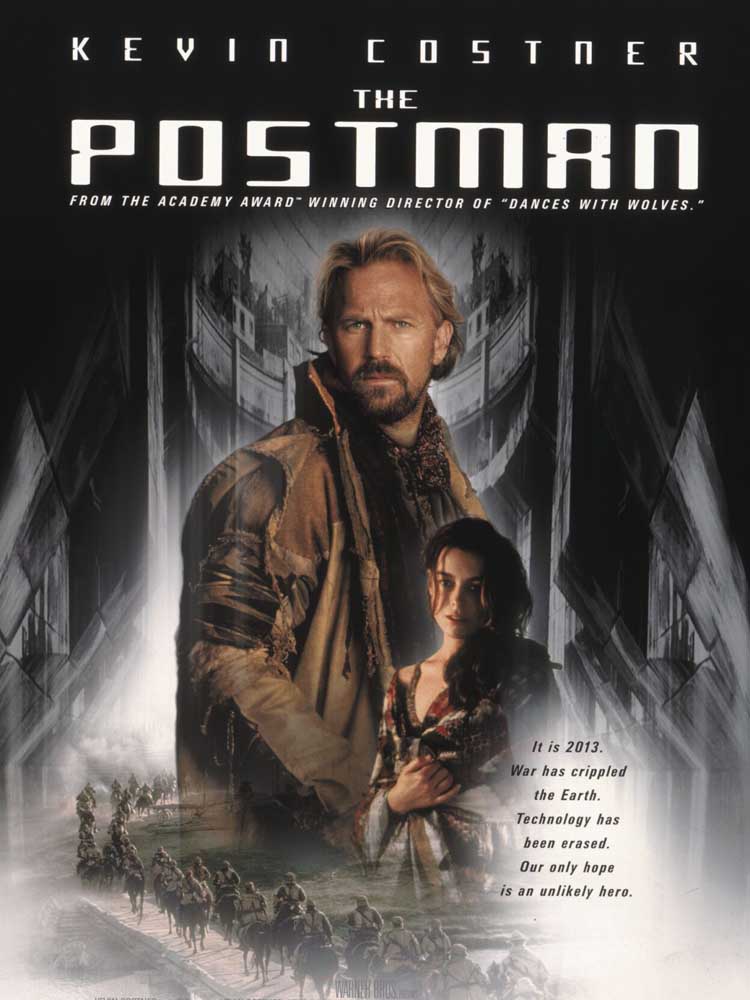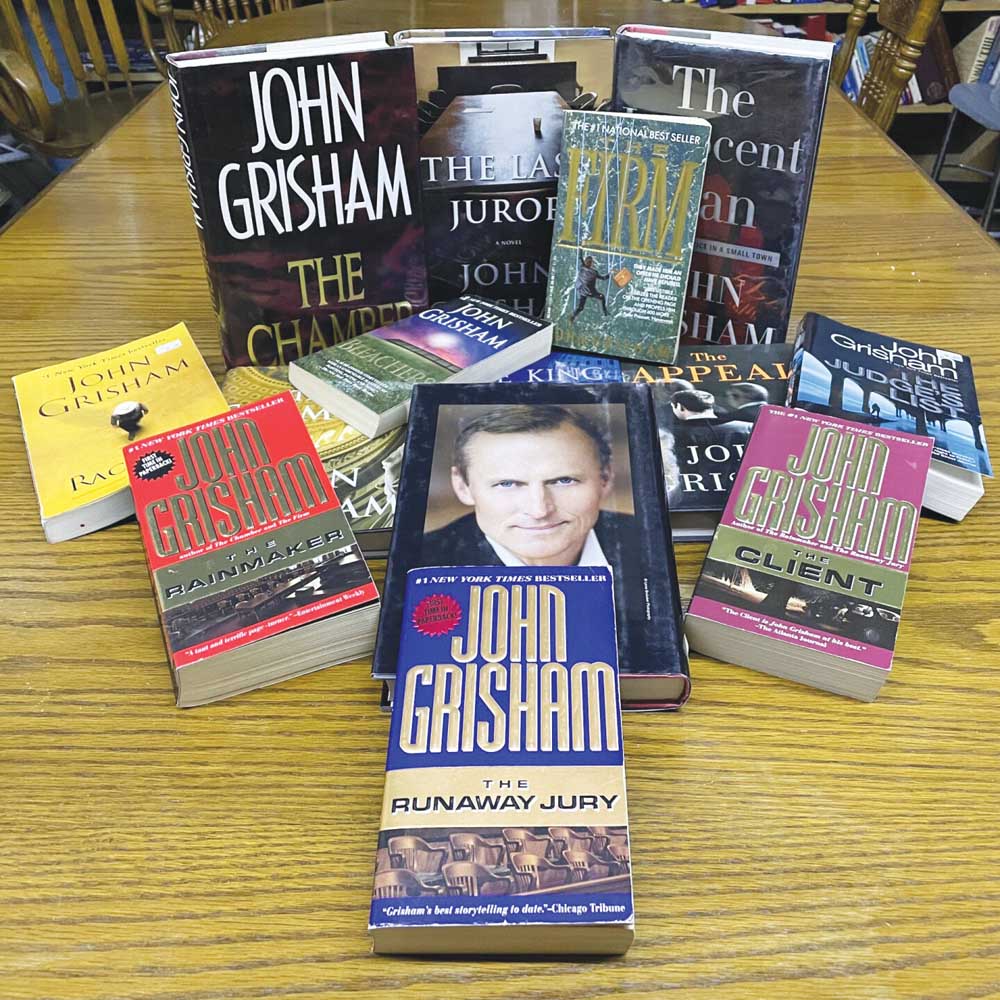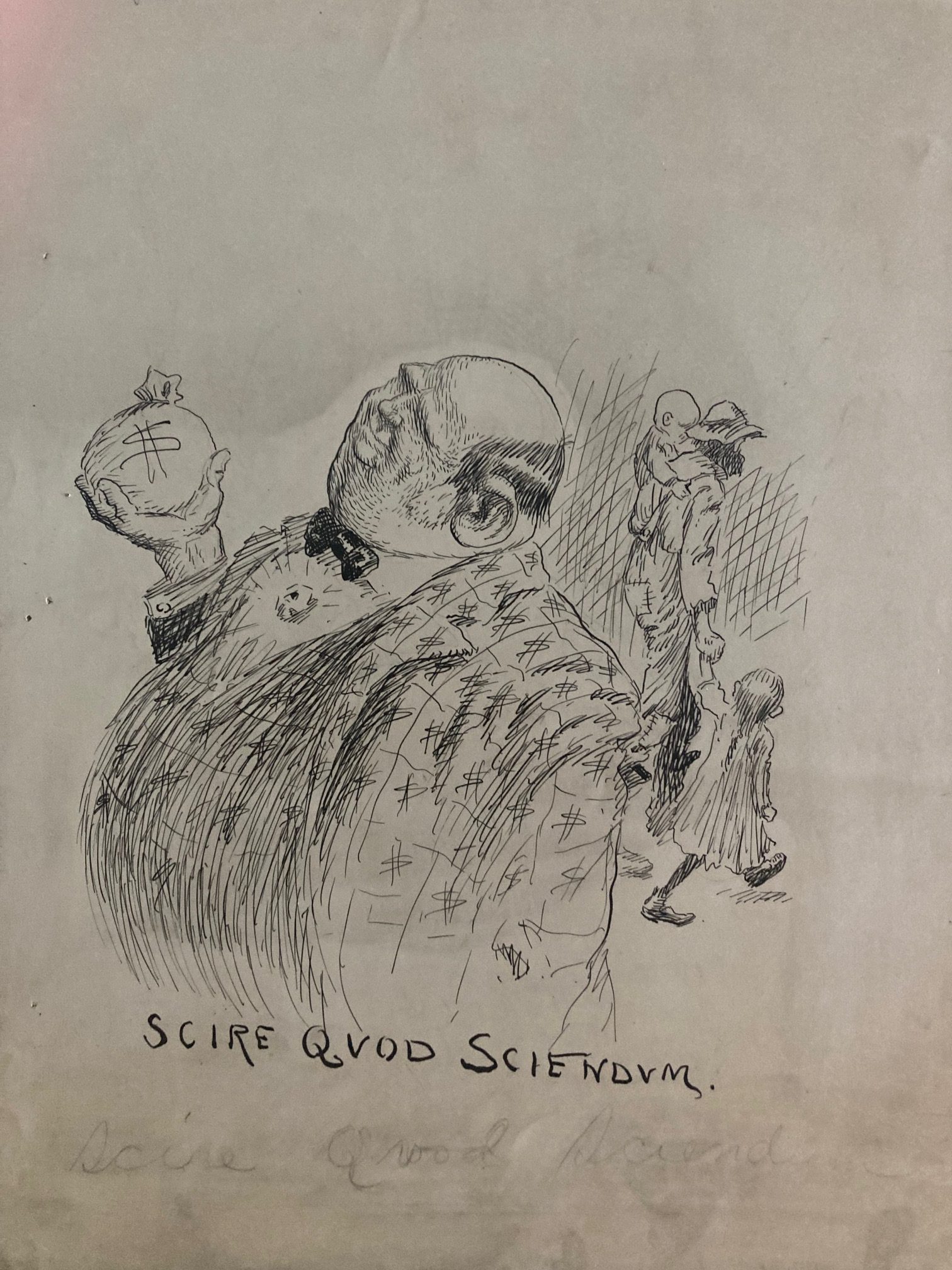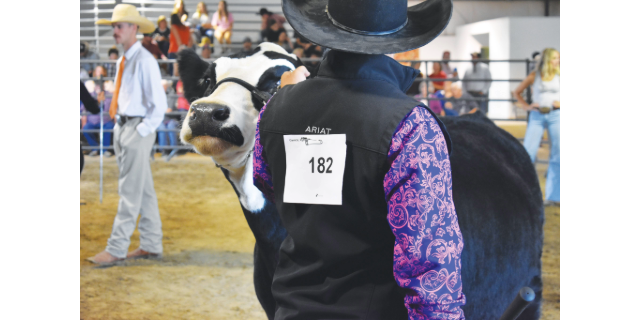Northwest Classics
Published 3:00 am Wednesday, July 10, 2024

- The Postman.jpeg
Short attention span theater this is not.
Trending
“The Postman” delivers beautiful Northwest scenery but not much else. Fortunately, the 1997 movie is no longer in theaters because the most important advice if you want to avoid hemorrhoids is to bring a donut on which to sit.
Running nearly three hours, the film starring Kevin Costner was a box office flop. The movie cost $80 million to make. It brought in $20 million in box office revenue, and the few dollars in rentals dribbling in from nostalgia buffs like me will probably not make up the deficit.
Made in the-longer-the-movie-the-bigger-the-prize school of filmmaking, “The Postman” is among the longest movies ever shown on theater screens.
Trending
Others in the running are better known. They include “Cleopatra” (1963) 4 hours, 8 minutes; “Hamlet” (1996) 4 hours, 2 minutes; “Lawrence of Arabia” (1962) 3 hours, 42 minutes; “Gone with the Wind” (1939) 3 hours, 41 minutes; “The Ten Commandments” (1956) 3 hours, 40 minutes; “Ben-Hur” (1959) 3 hours, 32 minutes; “The Irishman” (2019) 3 hours, 29 minutes; and “The Lord of the Rings: The Return of the King” (2003) 3 hours, 21 minutes.
“The Postman” is a pale shadow of these classics. It’s about a drifter roaming the western U.S. a decade and a half after a major global conflict. Costner and his mule perform Shakespeare plays for food and lodging. Soon, though, they are taken captive by a neo-feudalist militia, the Holnists, led by the dictatorial General Bethlehem.
Costner escapes. Seeking relief from a driving rainstorm, he finds a crashed U.S. Postal Service rig with old mail.
Donning the uniform he finds inside, he delivers the mail to bring joy to the mountain town of Pineview (Metalline Falls, in the far northeastern corner of Washington).
Pineview Sheriff Briscoe, played by Daniel von Bargen, is at first suspicious of the drifter and gives him a cool welcome.
Once invited in, The Postman becomes a hero.
A teenager (Larenz Tate as Ford Lincoln Mercury) enthralled by The Postman catches the mail delivery bug. FLM pitches in to revive the Pineview Post Office.
Their enthusiasm is contagious. A legion of young mail carriers on horseback (no cars exist in this future time) joins the high-risk fun. Their mission? To deliver hope to towns far and wide in the Northwest.
Costner falls for a Pineview beauty — Abby (played by Olivia Williams) — whose husband has been killed by General Bethlehem’s invaders.
The Postman and Abby make a baby. Seeking safety for child and mother, The Postman guides them to a remarkably swanky abandoned cabin with an antler chandelier and a waterfall view.
General Bethlehem’s troops, however, nip at their heels. In this future time, cars and technology may be in short supply but rifles and ammunition seem limitless.
The heroic couple makes their way to Bridge City, a place of peace (and no firearms) where Tom Petty the rock musician is the mayor. Yes, this is a strange tale.
Eventually, we reach a climax where The Postman’s troops square off with General Bethlehem’s troops in a meadow near Smith Rock and Terrebonne in Oregon’s high desert.
Still more scenery unfolds as the movie grinds toward its eagerly awaited end. Many years have come and gone. Fidalgo Island in the Washington San Juans plays host to a statue unveiling emceed by The Postman and Abby’s daughter, Hope, honoring our hero.
It’s the only statue this marathon of a movie likely received.
If you like futuristic folly, mushy melodrama, jingoism, corny dialogue and breathtaking beauty, this interminable movie is for you. Just don’t forget to bring the donut.









